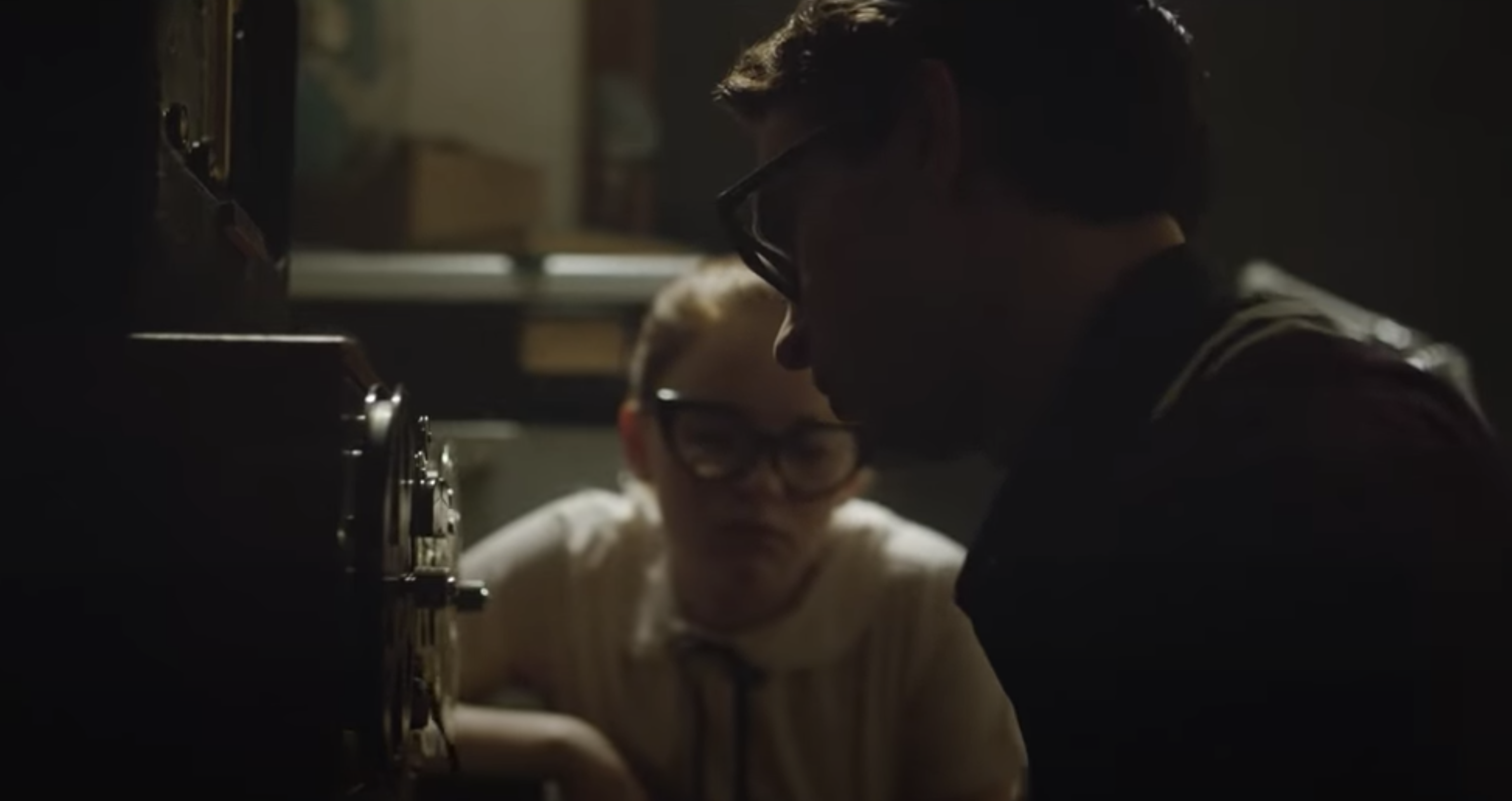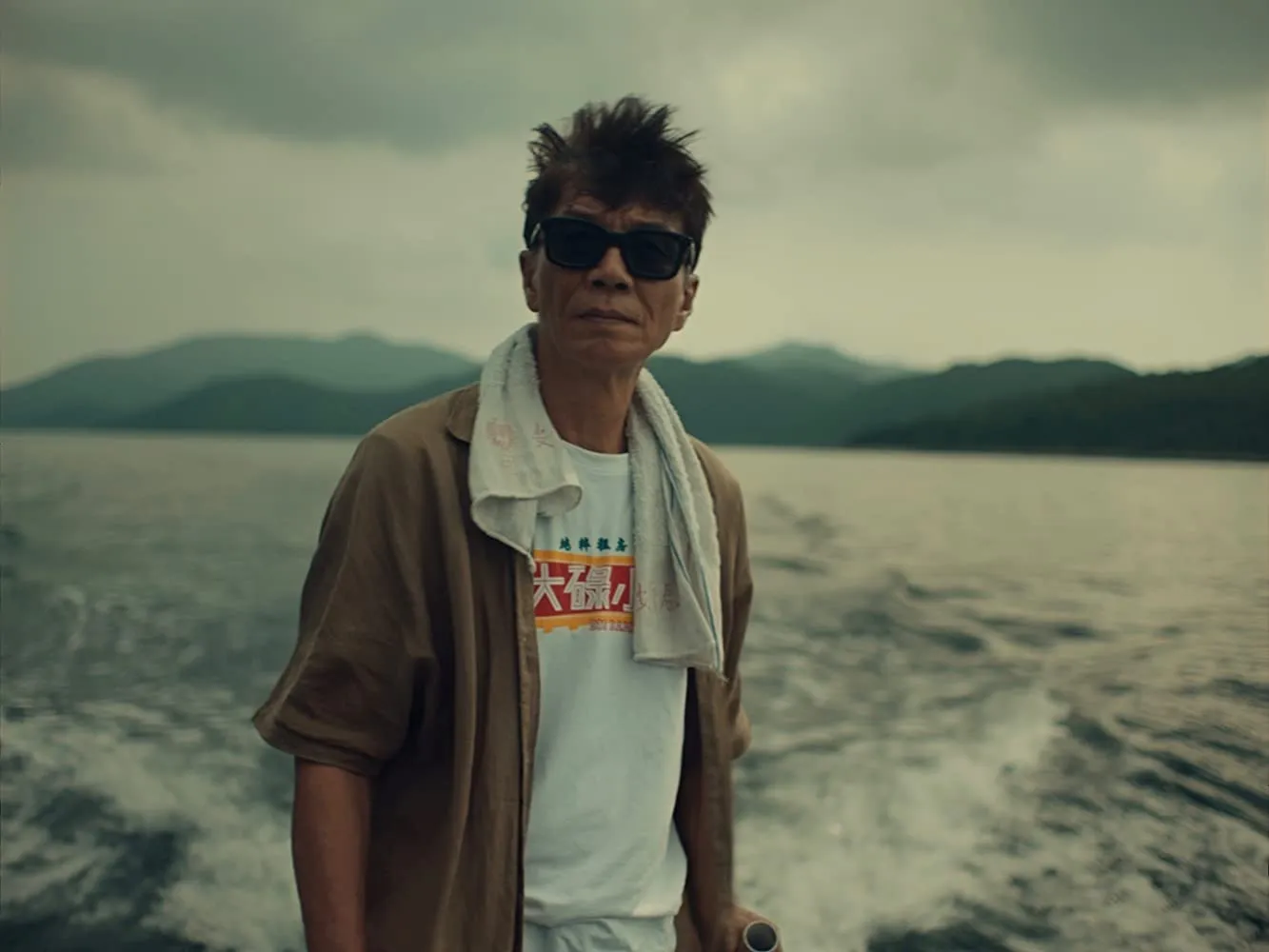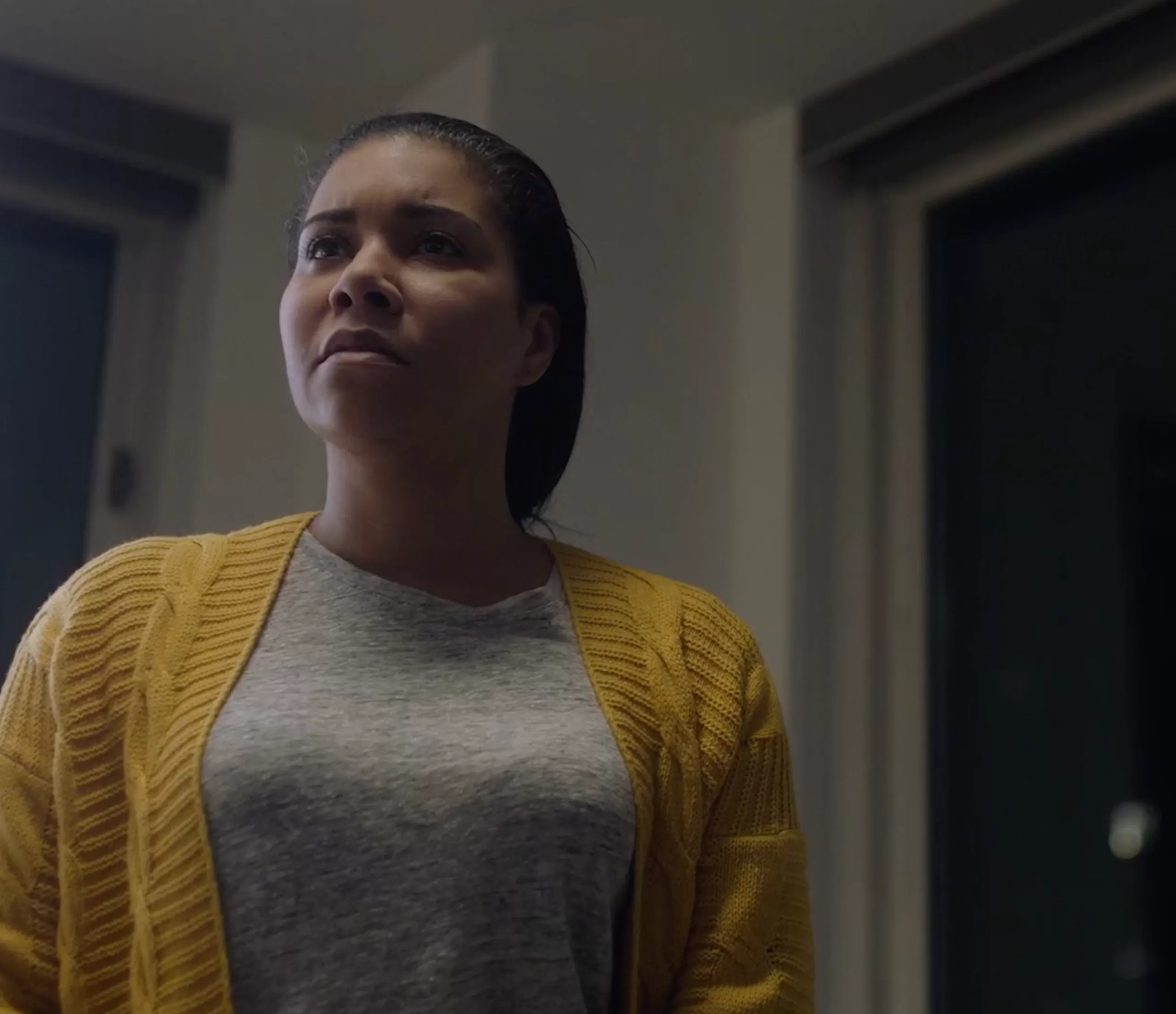The uncertain nature of human connection explored in “THERE, THERE” | REVIEW
Andrew Bujalski’s “There There” has the rarest of abilities to capture the natural conversations between people who are moving through their life journeys, seeking self-worth, and looking to define themselves. This is an honest and organic film, impeccably performed by its excellent cast.
Filmed during the pandemic lockdown, Bujalski’s experimental work is a series of six two-character segments with each actor filmed separately, performing into an iPhone. The actors never occupy the same space. The director and his cinematographer Matthias Grunsky creatively spliced each scene together as if two actors were interacting with one another. There are times when the backgrounds of one character does not match the other, but the viewer will not care, as the material is too strong to allow one’s attention to be diverted.
What the director achieves by this type of forced staging is a revealing intimacy to each character through performance and a screenplay infused with the brutal honesty of a filmmaker like John Cassavetes.
“There There” commences with Lili Taylor (continually, one of our first actresses) and Lennie James (in his most natural role yet) as two people riding a wave of euphoria the morning after a one-night stand.
The segment begins with the two full of smiles and a childlike giddiness, as they are obviously smitten with one another. Their joyful moment soon turns to awkwardness as Taylor’s character becomes fidgety and anxious and seems to want James’ character to go.
Her issue will be revealed in the next segment where we find Taylor having coffee with a friend (Annie LaGanga), revealing her character’s struggle with addiction.
Taylor’s monologues during this moment are strikingly inventive. These days, actors aren’t afforded the kind of roles that allow a performance such as this one. The actress dives in with an honesty and frankness that is cinematically captivating.
The next story is more dramatically vicious. LaGanga is having a parent conference with her teenage son’s teacher (Molly Gordon). The scene begins with Gordon nervously going through the motions of how LaGanga’s son is a good student, his grades are on point, etc. There is something off about this educator, as she seems disengaged.
The moment becomes a power-play where LaGanga reveals her disgust at how her son has been uploading videos of his teacher (without her knowledge). As the mother berates the young teacher, LaGanga (a new actress for whom I predict big things) takes on the victim blaming persona of so many people today.
The following two stories are lighter yet more philosophical. A great Jason Schwartzman plays a lawyer advising his young client (Avi Nash) regarding his self-run porn website and the trouble he may be in due to teenagers uploading “up skirt clips.” This is a connection to LaGanga and Gordon’s previous segment.
In the second, Schwarzman has an interesting soul to soul debate with the spirit of his deceased mentor (Ray Nathanson).
The final act finds James’s character at work in his bar. After trying to remove an intoxicated Gordon, the two engage in sharp banter that goes from insult to middle ground to a stalemate between two people who cannot connect.
War on Drugs’s Jon Natchez creates musical interludes to carry the viewer from one segment to the next. This probably wasn’t necessary, but it doesn’t hurt the flow of the piece.
Bujalski paints his film with a playful humor and (along with his cast) crafts it all with a sharp analytical edge, showing a compassion for his characters that echoes through every scene.
Through its unique style and brash honesty, “There There” is a unique and rewarding filmmaking experience.
news via inbox
Nulla turp dis cursus. Integer liberos euismod pretium faucibua


